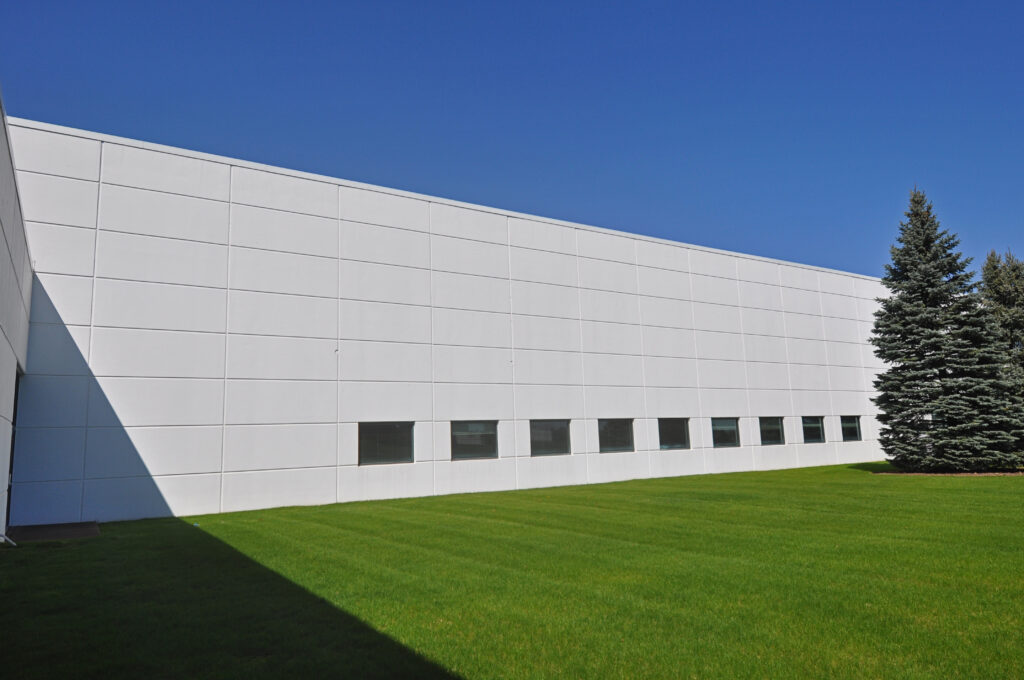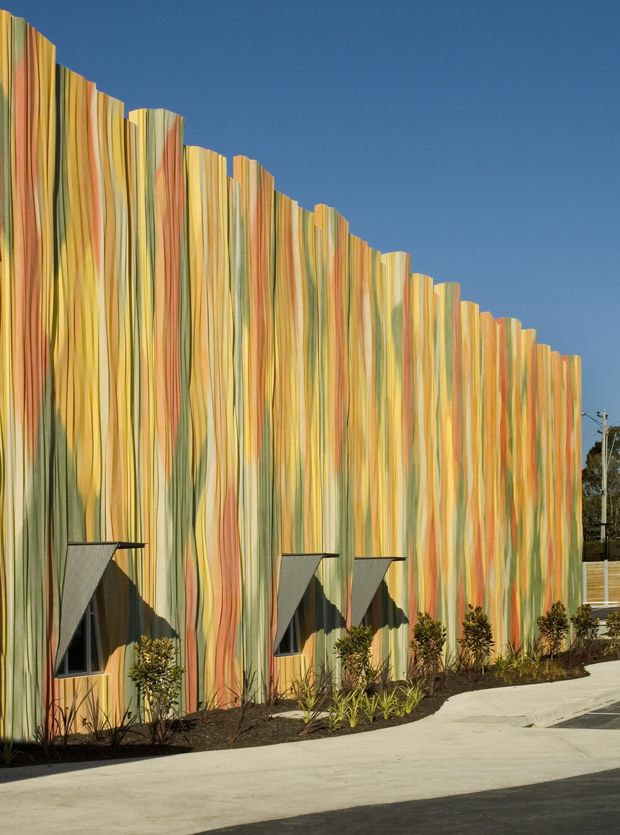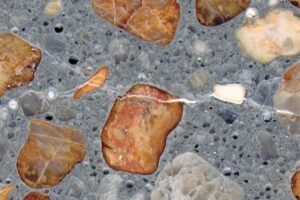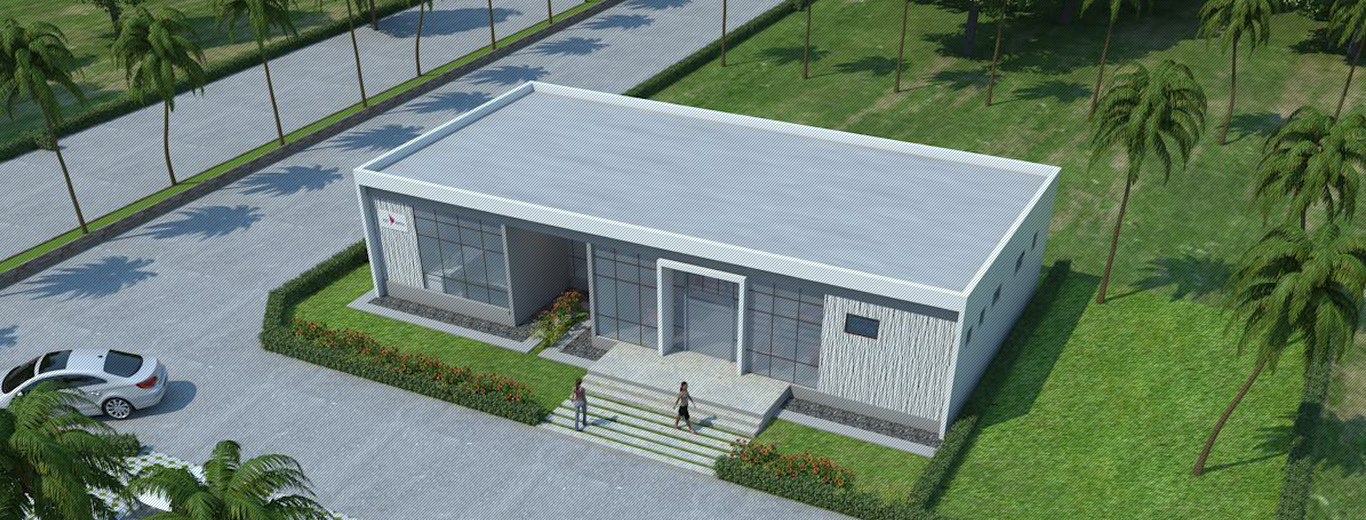Introduction
Precast concrete is becoming increasingly popular in building projects because it is durable, flexible, and cheap. Depending on the designer’s wants, it can make it fit in with its surroundings or stand out. It can even make commercial and industrial buildings look more professional. But it raises the question of how quickly they can be painted. This article will describe the methods, factors, and concerns of painting precast residential buildings and homes.

Courtesy: R & J Painting
Factors Influencing the Speed of Paint Application
Understanding the factors that influence the speed of paint application is vital. It allows for efficient project planning, ensuring that painting tasks align with the construction schedule. Engineers can allocate appropriate resources and optimize labor hours by considering surface preparation, weather conditions, and paint type.
Given below are the factors that are explained briefly-
- Surface Preparation
Proper surface preparation is essential for achieving a quality paint finish. Before painting precast surfaces, it is crucial to ensure they are clean, free from dust, debris, and any loose material. The precast panels may require pressure washing, sanding, or patching to achieve a smooth and even surface.
- Weather Conditions
Weather plays a significant role in the paint application process. Extreme temperatures, high humidity, and rain can affect the drying time and adhesion of the paint. It is important to consider the weather forecast and choose a suitable time for painting to ensure optimal conditions for the paint to cure effectively.
- Paint Type and Quality
The type and quality of paint used also impact the speed of application. High-quality paints with good coverage and adhesion properties tend to require fewer coats, reducing the overall painting time. Choosing the right paint specifically formulated for precast surfaces can ensure better durability and longevity.
Timeline for Applying Paint on Precast Residential Buildings
When it comes to applying paint on precast residential buildings, it is important to follow a systematic timeline to ensure a successful and efficient process. Here is a general timeline to consider:
- Surface Preparation (1-2 days)
Clean the precast surfaces thoroughly, removing any dirt, debris, or loose material. Repair any cracks, holes, or imperfections on the surface. Allow sufficient time for the surface to dry completely before proceeding to the next step.
- Priming (1 day)
Apply a suitable primer designed for precast surfaces. Ensure even coverage and proper adhesion of the primer. Allow the primer to dry according to the manufacturer’s instructions.
- Painting (2-3 days)
Begin painting using the chosen paint type (acrylic, latex, etc.). Apply the first coat of paint evenly and allow it to dry. Apply additional coats as necessary to achieve the desired color and finish. Allow proper drying time between each coat.

Courtesy: Pinterest
- Curing and Finishing (1-2 days)
After the final coat of paint, allow the paint to cure and dry thoroughly.
Inspect the painted surfaces for any touch-ups or areas that may require additional attention.
Apply any necessary finishing touches, such as sealants or protective coatings, to enhance durability and longevity.
- Final Inspection and Clean-up
Conduct a final inspection of the painted surfaces to ensure quality and adherence to the desired standards.
Clean up the work area, removing any paint spills, debris, or equipment used during the painting process.
What are the Chemical Reactions Affecting Paint Application?
When paint is applied to a concrete surface, several chemical reactions occur between the paint and the concrete. These reactions contribute to the adhesion and durability of the paint coating. The primary chemical reactions involved are:
- Wetting and Absorption
The initial interaction occurs as the paint wets the concrete surface and begins to penetrate its porosity. This absorption process helps the paint adhere to the concrete substrate.
- Film Formation
The paint contains binders or resins that undergo a chemical reaction known as polymerization. During this process, the binders crosslink and form a continuous film. The film formation is essential for the adhesion and cohesion of the paint coating.
- Curing
Once the paint film is formed, it undergoes a curing process where it hardens and reaches its final physical properties. Curing can involve various chemical reactions, such as oxidation, evaporation, or chemical crosslinking, depending on the type of paint.
- Alkali-Silica Reaction (ASR)
In certain cases, if the concrete contains reactive silica and alkalis, such as in some aggregates or admixtures, an undesirable chemical reaction called an alkali-silica reaction can occur. This reaction can form expansive gel-like substances, causing cracks and deterioration in the paint film over time.

Courtesy: Concrete Construction
- Carbonation
Concrete is naturally alkaline due to the presence of calcium hydroxide. Over time, atmospheric carbon dioxide can react with calcium hydroxide, leading to a chemical reaction called carbonation. Carbonation reduces the alkalinity of the concrete, which can affect the long-term performance and adhesion of the paint coating.
The chemical reactions between paint and concrete vary. Manufacturers provide guidelines for paint application on concrete to ensure compatibility and durability.
What Types of Paints Can Be Applied On Precast Concrete Walls?
Depending on the desired aesthetic, performance, and environmental considerations, several types of paints can be applied to precast concrete walls. Some common types of paints suitable for precast concrete include:
- Acrylic Paint
Acrylic paint is a versatile and widely used option for precast concrete walls. It offers good adhesion, durability, and resistance to UV rays, weathering, and mildew. Acrylic paints are available in various finishes, such as matte, satin, or gloss, allowing for different aesthetic preferences.
- Latex Paint
Latex paint, also known as water-based paint, is another popular choice for precast concrete walls. It is easy to apply, dries quickly, and has low volatile organic compounds (VOCs), making it environmentally friendly. Latex paints are available in a range of colors and finishes.
- Epoxy Paint
Epoxy paint is a durable and highly resistant option for precast concrete walls. It provides excellent adhesion and chemical resistance, making it suitable for areas prone to heavy traffic or chemical exposure. Epoxy paint is commonly used in industrial or commercial settings where durability is a priority.
- Urethane Paint
Urethane paint offers exceptional durability, abrasion resistance, and color retention. It provides a high-gloss finish and is often used in applications with critical long-term performance and aesthetics, such as architectural or decorative surfaces.
- Elastomeric Paint
Elastomeric paint is a flexible and waterproof coating that can accommodate slight movements and cracks in precast concrete walls. It offers excellent protection against water intrusion and weathering. Elastomeric paints are commonly used in exterior applications to enhance the durability and longevity of the painted surface.
Some FAQs
- Can we Apply Paint in 3 days?
Newly poured concrete should cure for at least 30 days before applying paint. However, it is essential to test for moisture even if this timeframe has passed. One method is to tape a 2-foot-by-2-foot plastic sheet to the concrete surface and check for condensation or darkening within 24 hours, indicating the presence of moisture. Waiting for a longer curing period of 60 days is recommended by some experts before painting concrete. Once the concrete is fully dried, it is advisable to perform acid etching to enhance paint adhesion.
- What Gases are Released?
Gases such as volatile organic compounds (VOCs) and water vapor may be released when the paint is applied to a concrete wall. VOCs, including toluene and xylene, are common in solvent-based paints and can impact indoor air quality. Additionally, water-based paints release water vapor as they dry. Adequate ventilation is important to dissipate these gases and promote a healthier environment. Opting for low-VOC paints helps minimize the release of harmful gases during the painting process.
- How Does Steam Curing Affect the Concrete Before Painting?
Steam curing is a process that involves exposing concrete to steam to accelerate the hardening of the cement. The application of atmospheric pressure steam curing systems greatly increases the hydration rate to raise the early strength of concrete, achieving the designed strength within 3 days of casting. The most effective steam curing regime is in the temperature range from 50 °C to 80 °C and the curing period cycle of 24 h to avoid the negative effect of high temperatures and reduce curing costs. Attempting to speed up the transfer of vapor heat to concrete samples by raising the steam curing temperatures or decreasing the period before curing leads to thermal stress and damages the properties of the concrete. Therefore, a sufficient delay period must be provided before steam curing is carried out, which is not less than the initial setting time of concrete.
References
-
- https://www.gizmoplans.com/how-to-paint-precast-concrete-walls/
- https://www.permacastwalls.com/tips-for-painting-precast-concrete#:~:text=You%20can%20either%20go%20for,for%20an%20interior%20acrylic%20paint.
- https://columbiaprecastproducts.com/painting-precast-concrete-panels-4-tips/
- https://dekro.co.za/pre-cast-concrete-walls/
- https://kta.com/kta-university/preparation-precast-concrete-painting/
- https://www.healthline.com/health/paint-fumes#exposure-risks
- https://www.ehow.com/decision_7253729_long-cement-dry-before-painting_.html

